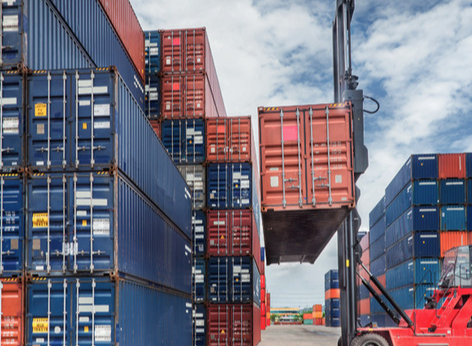FBA LCL Quote
FBA 40HQ FCL Quote
Key Forecasts and Transformations Shaping the 2024 Freight Landscape
The 2024 freight market is expected to experience significant trends and market shifts, with key factors influencing both air and ocean freight sectors, as well as broader supply chain operations.
Key Trends in Air Freight
1. Stabilization of Market Rates: Demand for air freight is anticipated to increase, driven partly by nearshoring and changes in consumer spending. However, this will be tempered by constricted capacity that keeps market rates relatively flat for the majority of the year before a potential surge in Q4.
2. Impact of Global Conflicts: Ongoing conflict in the Middle East and Ukraine is predicted to affect oil prices, thereby impacting air freight costs significantly.
3. Technological Advances: The adoption of technologies such as generative AI for capacity matching and supply chain optimization is also transforming the air freight sector.
Key Trends in Ocean Freight
1. Overcapacity Issues: The ocean freight sector is likely to face an overcapacity situation, as new capacity outpaces demand. This is reflected in a record low Drewry Supply/Demand Index of 74.3 for 2024, far below the market equilibrium benchmark of 100.
2. Rate Management by Carriers: Carriers are expected to employ strategies like blank sailings and slow steaming to manage the excess capacity and stabilize rates, even though low-rate levels are projected.
3. Influence of Major Canals: Potential disruptions in the Suez Canal and recovery operations in the Panama Canal are influencing the freight landscape by impacting delivery times and operational strategies.
U.S. Customs and Trade Policies
1. Enhanced Enforcement: The U.S. Customs and Border Protection (CBP) will escalate enforcement of the Uyghur Forced Labor Prevention Act (UFLPA), placing more responsibility on U.S. importers to ensure compliant supply chains.
2. New Data Requirements: Partner Government Agencies (PGAs) will mandate new data elements, changing the compliance landscape for importers.
Global Macroeconomic and Logistical Shifts
1. Revised GDP Growth: Global GDP growth has been revised downward, influenced by softening economic conditions in APAC and China, but with improved projections in the U.S. for the second half of 2024.
2. Nearshoring: The trend of nearshoring, particularly to Mexico, is expected to continue, driven by a noteworthy increase in foreign direct investment in the country. This strategy aims to mitigate supply chain disruptions and enhance operational resilience.
3. Contract Logistics Growth: The demand for outsourced logistics services remains strong, with significant growth in contract logistics predicted despite inflationary and geopolitical pressures.
In summary, the 2024 freight market is poised for complex dynamics with stabilization in air freight rates, overcapacity in ocean freight, strict enforcement of trade policies, and a strategic shift towards nearshoring to navigate global uncertainties.


